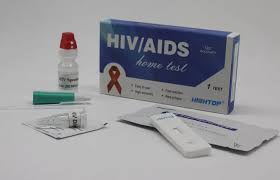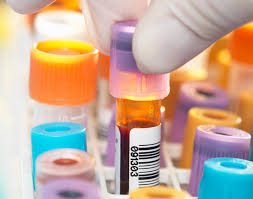The narrative around HIV is undergoing a profound transformation. Once considered a life sentence marked by fear, stigma, and uncertainty, HIV is increasingly recognized as a manageable condition, thanks to breakthroughs in medication, prevention, and awareness. Today, science is not just keeping people alive—it’s helping them live fully.
When antiretroviral therapy (ART) first became widely available, patients faced complex daily regimens with significant side effects. Nausea, fatigue, and strict adherence requirements made life with HIV a constant struggle.
Over time, treatment advanced with triple-drug combinations, providing durable viral suppression and enabling people to live longer, healthier lives.
Now, a new wave of long-acting medications is simplifying care and reducing barriers. Drugs like Lenacapavir (Yeztugo), the first FDA-approved HIV prevention option offering six months of protection, allow people to receive injections instead of taking daily pills.
These advancements reduce stigma, minimize reminders of one’s diagnosis, and empower individuals to remain consistent with treatment or prevention.
The impact of these medications goes beyond physical health. With effective viral suppression, the concept of “undetectable equals untransmittable (U=U)” has reshaped sexual health, relationships, and family planning.
Individuals with undetectable viral loads cannot transmit HIV sexually, opening doors to intimacy and normalcy that were previously limited by fear and stigma.
Pre-exposure prophylaxis (PrEP) also plays a pivotal role, preventing infection in at-risk populations and shifting HIV care from reactive to proactive. Daily oral and long-acting injectable options expand flexibility, particularly for those facing challenges such as unstable housing, mental health issues, or limited access to healthcare.
Despite scientific progress, access to HIV treatment remains uneven, particularly in marginalized communities. Black Americans and other historically underserved populations continue to experience higher infection rates.
Experts stress that medical innovation must be coupled with education, outreach, and equitable healthcare systems to ensure no one is left behind. Long-acting therapies are especially promising in addressing adherence challenges and reducing disparities.
While a complete cure remains elusive due to hidden viral reservoirs, research continues at institutions like the University of Virginia and elsewhere.
Each breakthrough brings hope for a future where HIV is no longer a global threat but a manageable condition with dignity, autonomy, and stability.
For communities historically burdened by HIV, these advancements signify more than medicine—they represent empowerment. People living with HIV are now sharing stories of thriving, starting families, building careers, and contributing meaningfully to their communities.
The evolution of HIV medication is reshaping the epidemic’s story from one of survival to one of living fully. Pills and injections now represent freedom, control, and hope, transforming lives and redefining what it means to live with HIV in the 21st century.



